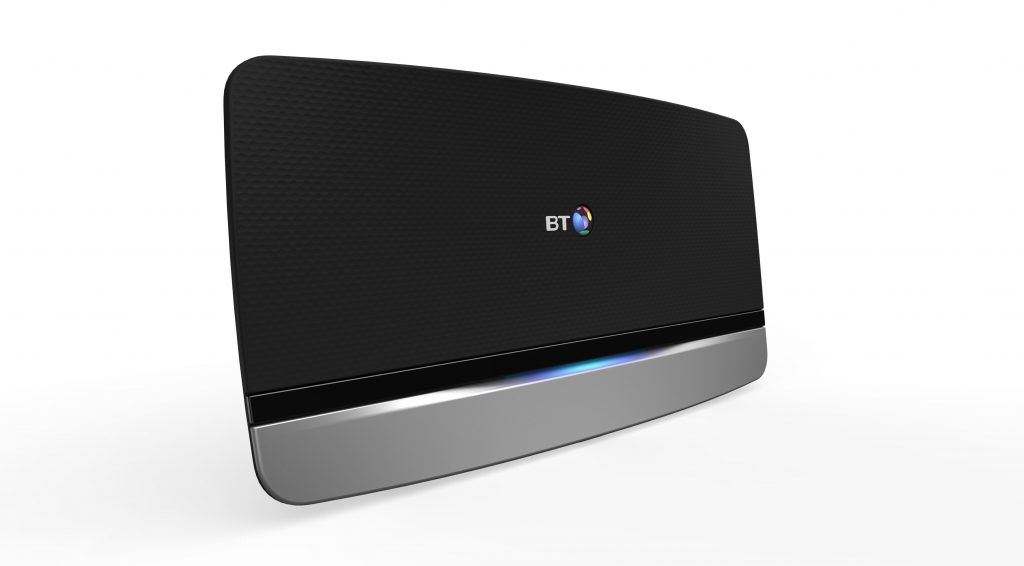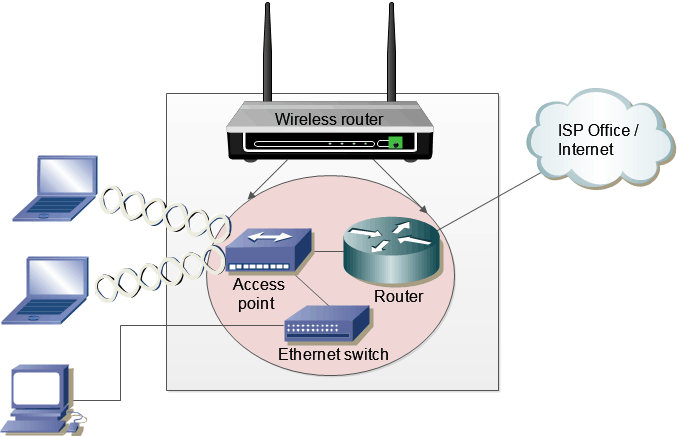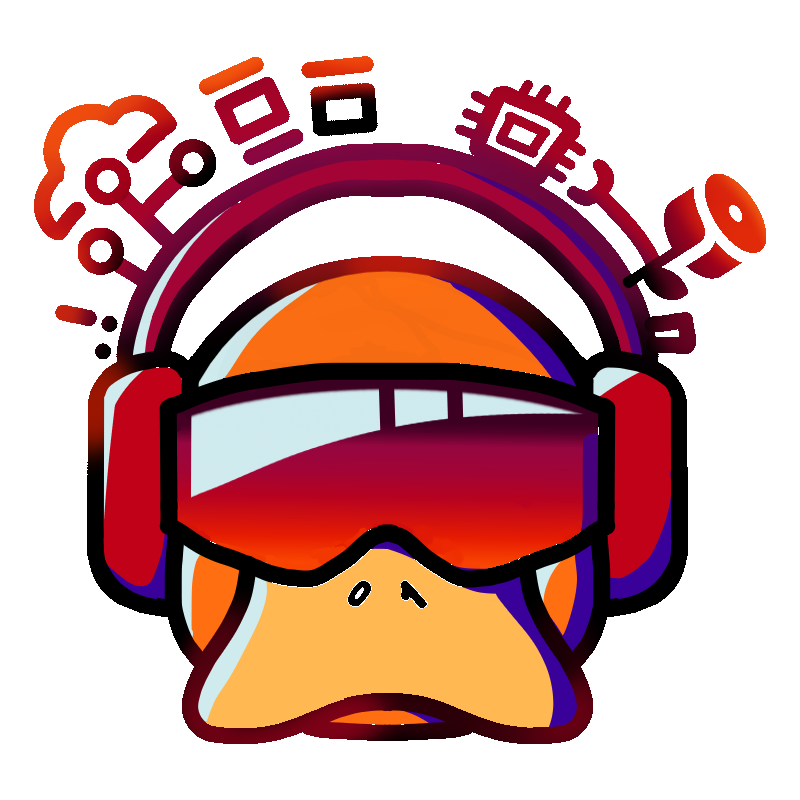Intro to Networking
Networking Models
Why are there two and What is difference?
OSI Model
| Layer | OSI |
|---|---|
| 8 | User |
| 7 | Application |
| 6 | Presentation |
| 5 | Session |
| 4 | Transport |
| 3 | Network |
| 2 | Data Link |
| 1 | Physical |
TCP/IP Model
| Layer | TCP/IP 4 | TCP/IP 5 | Protocols |
|---|---|---|---|
| 4 | Application | Application | HTTPS |
| 3 | Transport | Transport | TCP |
| 2 | Network | Network | IPv4 |
| 1 | Network Access | Data Link | Ethernet |
| 0 | Physical | Copper Twisted Pair |
The Average Home Network

What that Actually does?

MAC - Layer 2 addressing
This is a Ethernet thing that allows devices communicating over Ethernet to specify who they are talking to. That way, you can figure out if a frame is meant for you.
MAC is 6 bytes long. The first 3 are unique to the manufacturer and the last 3 are unique to the device.
E.g. 00:00:0A:BB:28:FC
IPv4 - Layer 3 addressing
IPv4 is used to address computers on a network. You can think of it like a physical address.
IP addresses are a set of 4 bytes, we generally write them in the form AAA.BBB.CCC.DDD. E.g. 192.168.1.1.
How does IPv4 work?
| Device | IP |
|---|---|
| PC | 10.32.33.66 |
| Switch | NO IP HERE |
| Router (In) | 148.88.253.201 |
| Router (Out) | 146.97.33.1 |
| Router | 72.14.217.18 |
| 8.8.8.8 |
